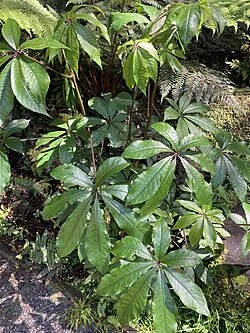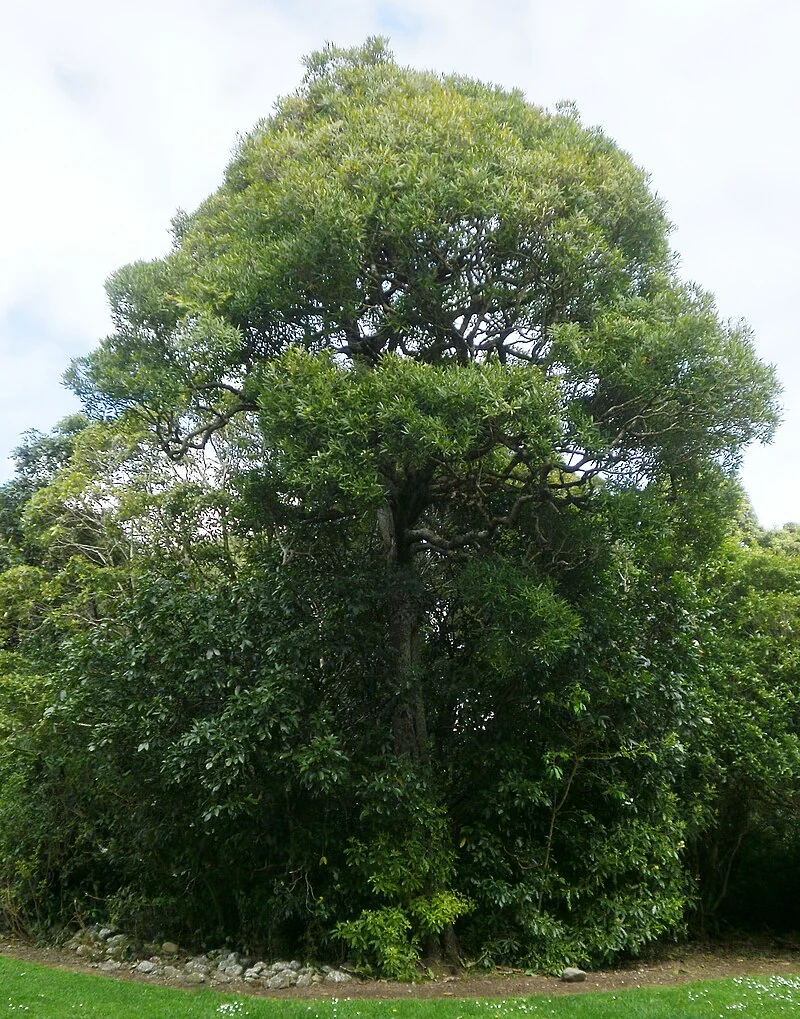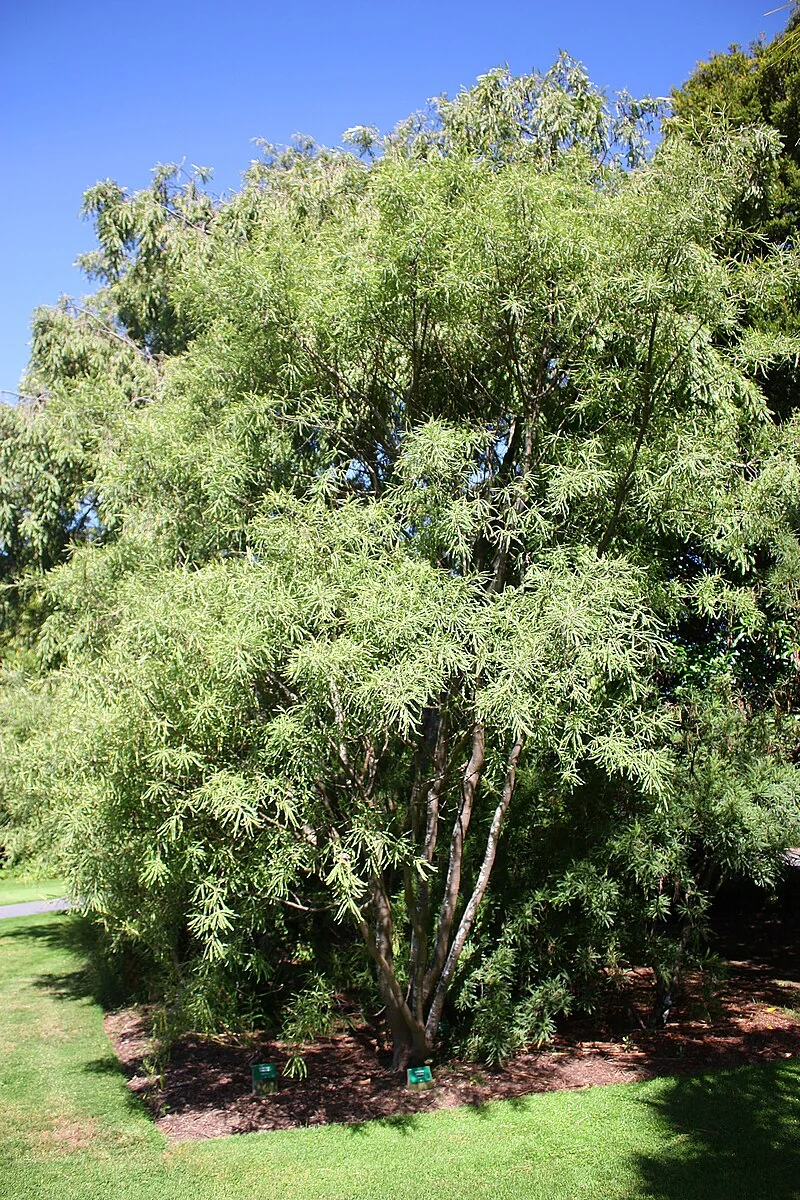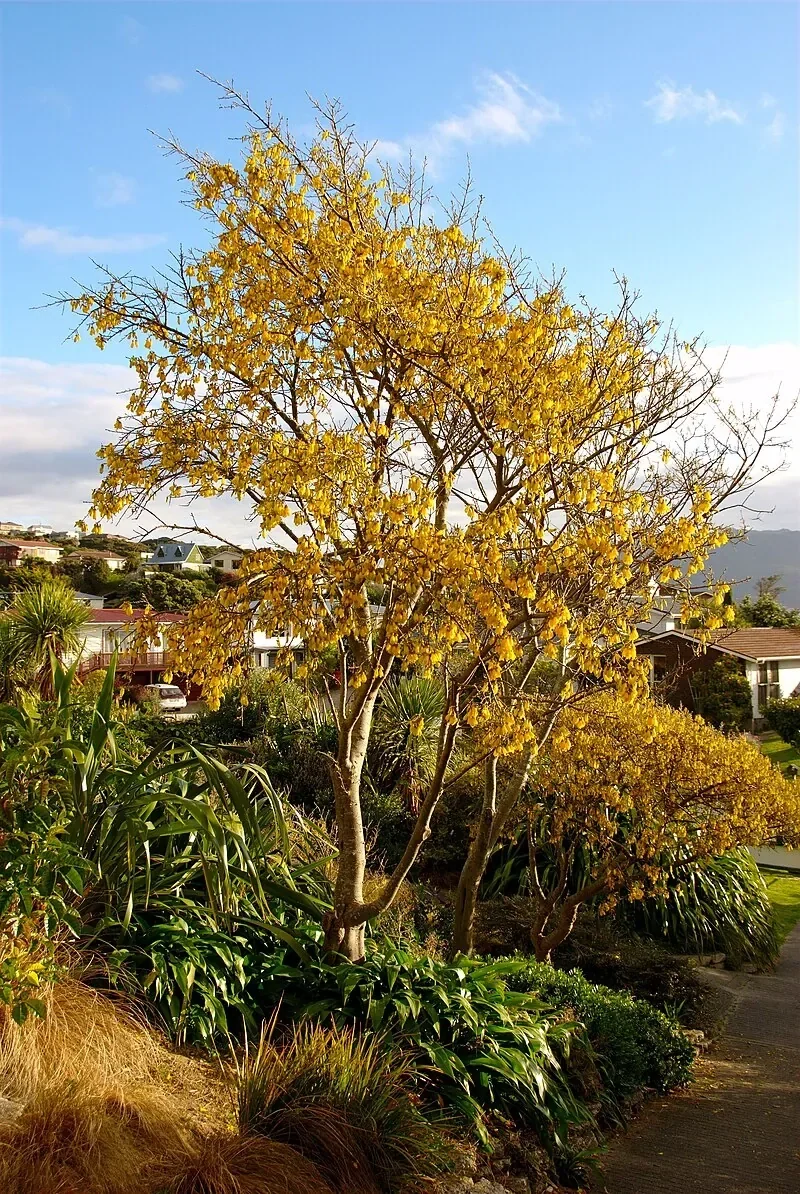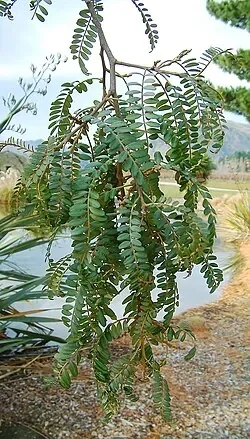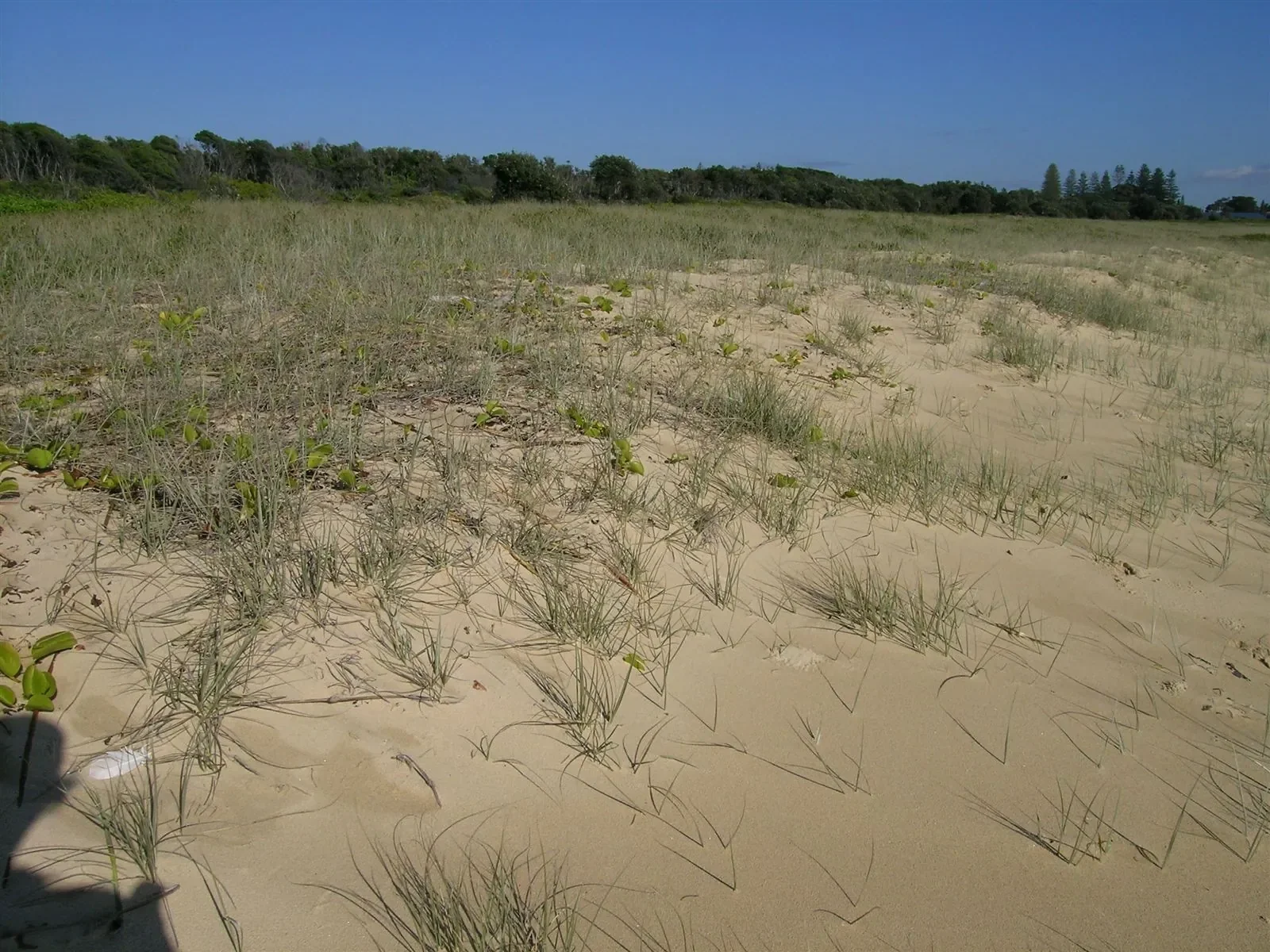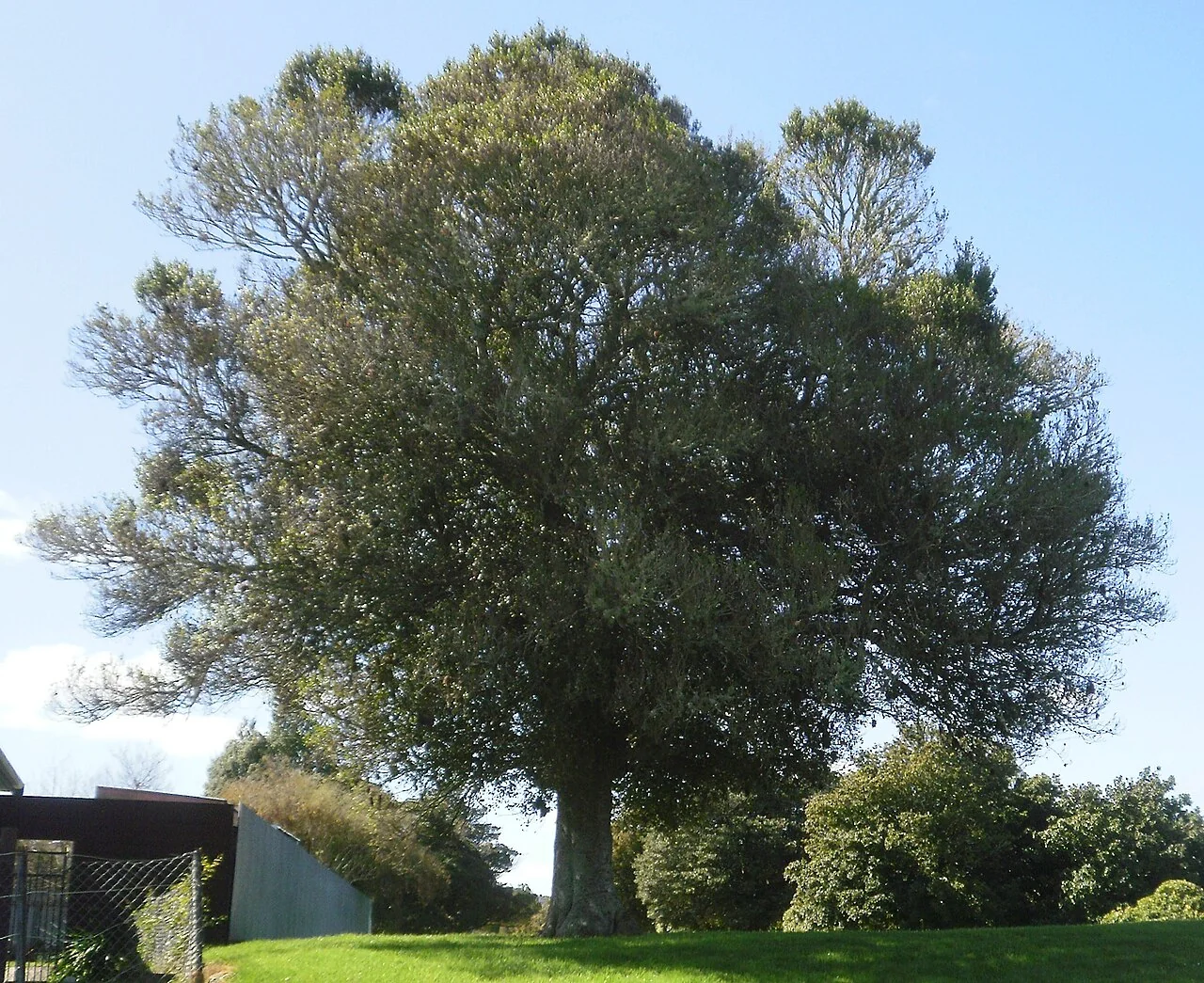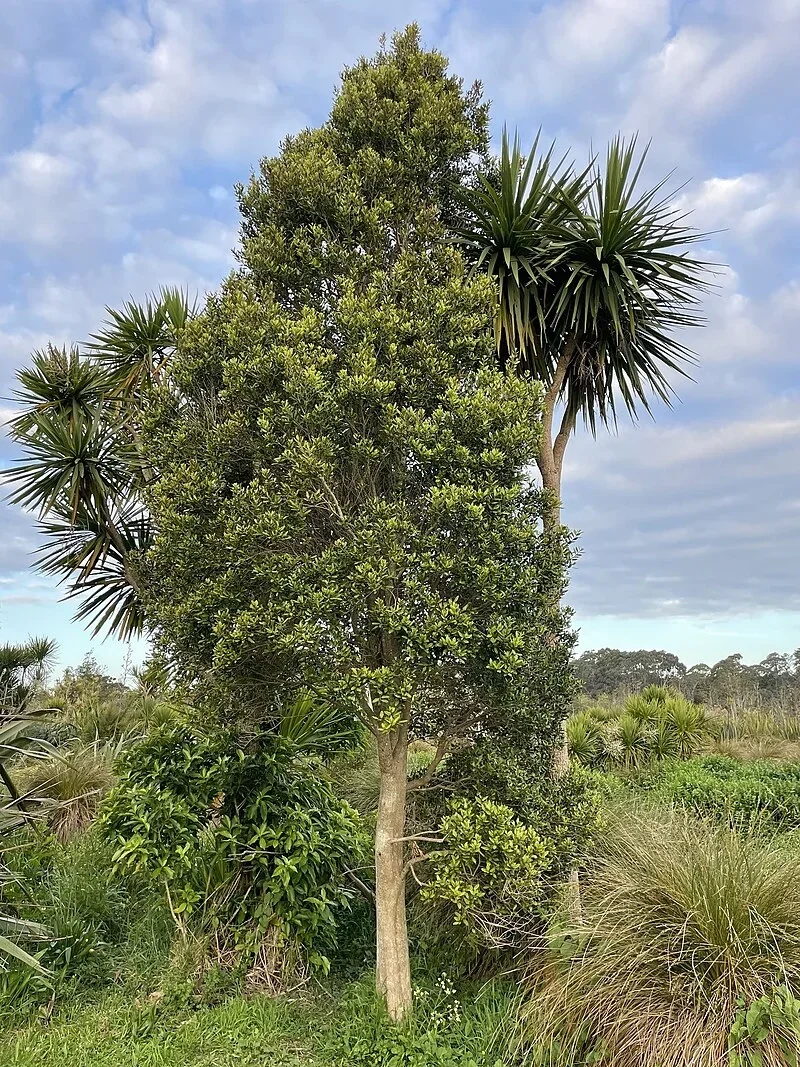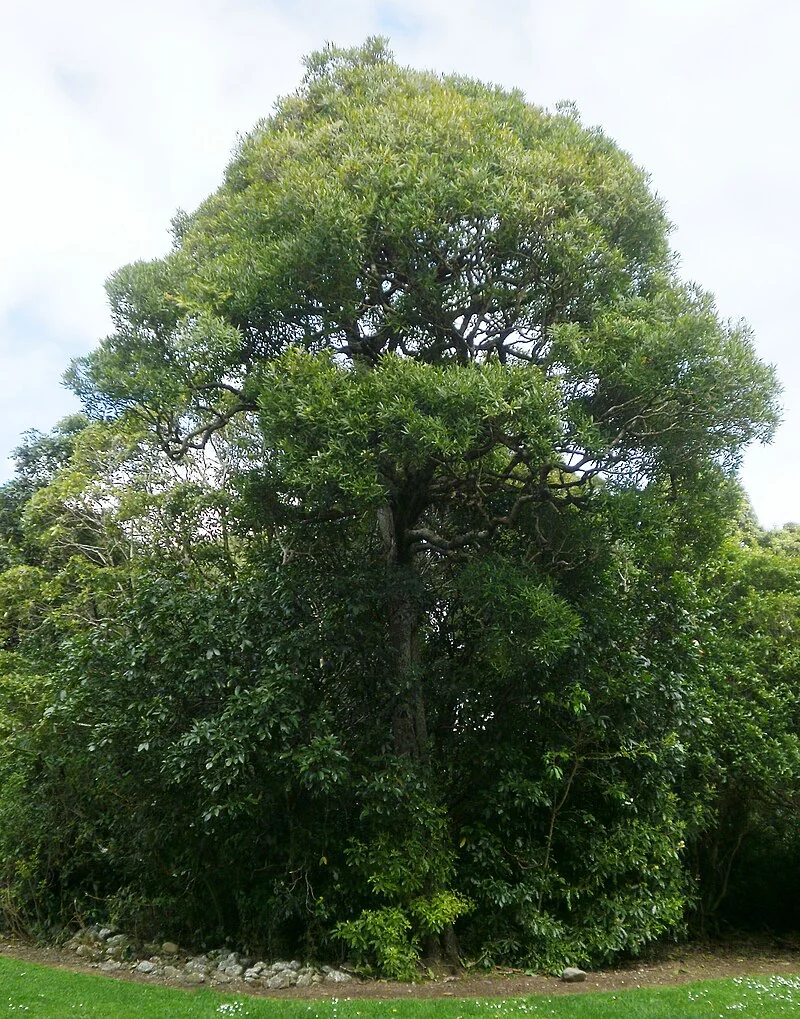
Shore Pimpernel
Samolus repens
Unique Characteristics and Habitat
A creeping coastal herb of saltmarshes, estuaries and saline flats, forming mats of small leaves and dainty white flowers. Useful for coastal habitat plantings and salt-tolerant groundcover among our coastal plants.

Plant Description
Botanical Features
Shore Pimpernel (Samolus repens), also known as Creeping Brookweed or Sea Primrose, is a variable, evergreen perennial herb. It exhibits an upright to creeping growth habit, spreading via rhizomes or stolons, and can form dense mats. Its foliage consists of thick, somewhat fleshy, dark green leaves that can be oval, elliptic, spoon-shaped, or spatulate. The stems are often wrinkled or warty. Throughout summer, and sometimes extending from spring to autumn or even winter, Samolus repens produces small, white to pale pink flowers, typically 5-7 mm long. These flowers are followed by ovoid seed capsules. This plant is native to Australia, New Zealand, nearby Pacific islands, and South America, particularly in temperate and subtropic coastlines. It thrives in moderately fertile, moist or wet soil, preferably neutral to acidic, and requires full sun to semi-shade. Notably, it is highly tolerant of saline conditions, making it common in coastal environments, brackish saltmarsh verges, and coastal cliffs. It is also hardy to dry periods and moderate frost once established.
Quick Facts
Quick Facts Overview
| Scientific Name | Samolus repens |
|---|---|
| Height | 5-15 cm |
| Spread | Creeps extensively to form mats |
| Light | Full sun to partial shade |
| Soil | Saline, moist to wet conditions |
| Water Needs | High; tolerates waterlogging and salt water |
| Frost Tolerance | Moderate to good |
| Salt Tolerance | Excellent - highly salt tolerant |
| Growth Rate | Moderate to fast spreading |
| Lifespan | Perennial with continuous growth |
Climate Section
Shore Pimpernel (Samolus repens) is naturally found in coastal saltmarshes and estuaries throughout New Zealand, thriving in areas with regular salt water inundation and tidal influence. It prefers temperate coastal climates with consistent moisture and can tolerate both mild frosts and salt spray. The species is well-adapted to fluctuating conditions between fresh and salt water environments.
Regional Suitability
| City | Climate Suitability |
|---|---|
| Whangārei | Ideal |
| Auckland | Ideal |
| Hamilton | Ideal |
| Tauranga | Ideal |
| Rotorua | Ideal |
| Gisborne | Ideal |
| New Plymouth | Ideal |
| Napier | Ideal |
| Whanganui | Ideal |
| Palmerston North | Ideal |
| Wellington | Ideal |
| Nelson | Ideal |
| Christchurch | Ideal |
| Dunedin | Ideal |
| Invercargill | Ideal |
Natural Habitat
Shore Pimpernel (Samolus repens), also known as creeping brookweed or creeping bushweed, is a variable, evergreen perennial herb native to Australia, New Zealand, nearby Pacific islands, and South America. In New Zealand, it is primarily found in the north-eastern part of the northern North Island, often on offshore islands.
Key Habitats Include:
- Coastal and Estuarine Environments: It is commonly found in temperate and subtropical coastlines, including swamps, salt marshes, floodplains, and coastal creeks. It thrives in moderately fertile, moist or wet soil, preferably neutral to acidic.
- Saline Conditions: Notably, it is highly tolerant of saline conditions, making it common in coastal environments, brackish saltmarsh verges, and coastal cliffs.
- Wetland and Upland: While typically a hydrophyte (water plant), it can occasionally be found in non-wetland uplands, showcasing its adaptability.
Preferred Conditions:
- Moist to Wet Soil: It requires consistently moist to wet soil and tolerates waterlogging and salt water.
- Light: It prefers full sun to semi-shade.
- Tolerance: It is hardy to dry periods and moderate frost once established.
The Shore Pimpernel's ability to thrive in such diverse and often challenging coastal environments underscores its ecological importance in stabilizing coastal margins and providing habitat for shore birds and invertebrates.
Plant Conservation
Sea primrose (Samolus repens) remains Not Threatened nationally and is widespread along salty shorelines, estuaries and seepages. Localised declines occur where vehicles, stock or earthworks damage salt‑marsh margins, and where weed invasion smothers open, muddy habitat. Conservation actions focus on fencing fragile shorelines, vehicle exclusion, and targeted weed control. In restoration plantings, eco‑sourced material and careful water‑level management quickly re‑establish low, flowering mats that stabilise saline substrates and support invertebrates.
Growing Section
Soil Requirements
Shore Pimpernel thrives in saline, waterlogged conditions that would be challenging for most plants. It requires consistently moist to wet soil and excellent salt tolerance.
- Saline soils with high salt content
- Constantly moist to waterlogged conditions
- Tolerates both fresh and salt water inundation
- Clay or sandy substrates in coastal areas
- pH tolerant but prefers neutral to slightly alkaline
Light Requirements
This coastal specialist performs best in full sun but can tolerate partial shade. Open saltmarsh conditions with good light exposure promote optimal growth and flowering.
- Full sun preferred for best growth
- Tolerates partial shade in coastal conditions
- Adapted to open, exposed saltmarsh environments
- Benefits from good air circulation
Water and Salt Requirements
Exceptional water and salt tolerance make Shore Pimpernel ideal for challenging coastal conditions. It actually requires saline conditions to thrive optimally.
- Requires consistently high moisture levels
- Tolerates periodic salt water inundation
- Excellent salt spray tolerance
- Can handle waterlogged conditions
- May struggle in purely fresh water conditions
Planting Guide Section
When to Plant
The ideal time to plant Shore Pimpernel (Samolus repens) is during spring or early autumn when temperatures are moderate and soil moisture is adequate. These seasons allow establishment before extreme weather conditions.
Site Selection
Choose a site with:
- Full sun to partial shade exposure
- Moist to wet soil that doesn't dry out completely
- Good tolerance for seasonal waterlogging
- Salt tolerance for coastal or estuarine conditions
- Space for the plant to spread naturally as groundcover
Planting Procedure
- Prepare a planting hole the same depth and twice the width of the root ball
- Ensure soil remains consistently moist but with adequate drainage
- Plant at the same level it was growing in its container
- Backfill gently and water thoroughly after planting
- Mulch lightly around the plant, avoiding the crown
- Maintain consistent moisture during establishment
- Space multiple plants 20-30cm apart for groundcover effect
Ecological Section
Ecosystem Roles
Selliera is important for stabilizing coastal margins and providing habitat for shore birds. It tolerates periodic inundation and salt-laden winds, supporting invertebrates and nursery habitat for seedlings.
Uses Section
Garden Uses
- Saltmarsh and estuary restoration projects
- Coastal erosion control and stabilization
- Salt-tolerant groundcover for challenging sites
- Pond margins with saline or brackish water
- Coastal garden areas with salt spray exposure
- Specialized coastal habitat recreation
Landscaping Section
Design Ideas
Selliera is excellent for coastal gardens, salt marshes, and erosion control.
Use Shore Pimpernel as a focal or matrix species; match site conditions and allow space for mature form.
Seasonal Care
Spring
In spring, Shore Pimpernel begins active growth with new shoots and leaves emerging. This is an ideal time for propagation and establishing new colonies in suitable saline conditions.
- Active growth begins with warming temperatures
- New shoots and runners emerge from established plants
- Excellent time for division and transplanting
- Monitor water levels and salinity conditions
- Begin regular maintenance if needed
Summer
Summer is the peak growing and flowering season for Shore Pimpernel. The small white flowers appear throughout the warmer months, and spreading is most vigorous during this period.
- Peak flowering period with small white blooms
- Most vigorous spreading and colony expansion
- Ensure adequate water supply during dry periods
- Monitor for optimal salinity levels
- Seed production occurs during this time
Autumn
During autumn, Shore Pimpernel continues flowering and growth as conditions remain favorable. This is another good time for establishing new plantings before winter.
- Continued flowering and growth in mild conditions
- Seed dispersal and natural colonization
- Good time for new plantings and establishment
- Prepare for winter by ensuring good drainage
- Natural dieback of older growth begins
Winter
Winter sees reduced growth but Shore Pimpernel remains active in mild coastal conditions. The plant can tolerate light frosts and continues to provide valuable ground cover.
- Growth slows but remains semi-active in mild areas
- Tolerates light frosts and cold coastal conditions
- Continues to provide important ground cover
- Minimal care required during dormant period
- Root system remains active for spring regrowth
Pruning Section
Techniques and Timing
Shore Pimpernel (Samolus repens) is a low-growing coastal herb that requires minimal pruning. Management focuses on encouraging healthy spread and removing spent flowers.
- Deadhead spent flowers to encourage continued blooming
- Trim back any damaged or dead foliage throughout the growing season
- Remove old flower stems after seed collection if propagation is desired
- Light pruning can encourage denser growth in garden situations
- Avoid heavy cutting as the plant recovers slowly
- Clean tools to prevent disease spread between plants
Being a naturally low-growing species, Shore Pimpernel needs very little intervention. Focus on maintaining healthy growing conditions rather than extensive pruning.
How to Grow Shore Pimpernel
Shore Pimpernel (Samolus repens) is a creeping coastal herb of saltmarshes, estuaries, and saline flats, forming mats of small leaves and dainty white flowers. This resilient plant is highly adapted to harsh coastal conditions, including salt spray and periodic inundation, making it invaluable for coastal habitat plantings and as a salt-tolerant groundcover. Understanding its propagation methods is key to successfully establishing this unique native plant in appropriate environments.
From Seed
Propagating Shore Pimpernel from seed is a viable method, though germination may be slow and erratic. Collect ripe seeds from mature seed pods in late summer or early autumn. Sow fresh seeds on a moist, sandy compost mix, covering them very lightly with fine sand or grit. Maintain consistent moisture in the seed tray and keep it in a warm, bright location, ideally with temperatures between 18-24°C. Germination can take several weeks to months, so patience is required. Once seedlings are large enough to handle, carefully transplant them into individual small pots, minimizing root disturbance. Grow them on in a sheltered environment with steady moisture before gradually hardening them off for planting out.
By Division
Division of established clumps is often a more reliable and faster method than seed propagation for Shore Pimpernel. This is best undertaken in spring or early autumn when the plant is actively growing but not under extreme heat or cold stress. Carefully dig up a mature clump and gently separate it into smaller sections, ensuring each division has a healthy portion of roots and shoots. Replant the divisions immediately into prepared moist soil that mimics its natural saline, well-drained habitat. Water thoroughly after replanting and maintain consistent moisture until new growth indicates successful establishment. New divisions typically establish relatively quickly, making this an efficient method for expanding plantings.
Pests Diseases Section
Shore Pimpernel (Samolus repens) is generally resilient in its natural coastal habitat but may face challenges when cultivated in different environments or when coastal conditions are altered.
Potential Issues
- Slugs and Snails: May damage tender foliage, particularly in garden conditions. Use organic controls.
- Aphids: Can occasionally affect new growth. Usually controlled by natural predators in coastal environments.
Environmental Stresses
- Drought Stress: Can occur if soil dries out completely. Maintain consistent moisture.
- Salinity Changes: Too much or too little salt can stress plants adapted to specific conditions.
- Waterlogging: While tolerant of wet conditions, poor drainage can sometimes cause issues.
This species is naturally adapted to challenging coastal conditions and is generally quite resilient when grown in appropriate environments.
Cultural Significance
Samolus repens, also known by common names such as Sea Primrose, Creeping Water-Pimpernel, and Shore Pimpernel, holds cultural significance primarily through its traditional uses and indigenous recognition. The plant has been recognized for its medicinal properties, with traditional applications for treating digestive issues and skin conditions. In New Zealand, the plant is known by the Māori name "Maakoako," indicating its recognition and integration into Māori culture and language. Beyond traditional uses, Samolus repens is valued as an ornamental plant in horticulture, often used in rock gardens, flower beds, and as ground cover. Its ecological role in stabilizing soil, suppressing weeds, and attracting pollinators also contributes to its perceived value in various communities. Its presence in coastal regions of Australia, New Zealand, Pacific islands, and South America suggests a history of interaction and utility within these diverse cultures.
Bonus Tip
Sea primrose (Samolus repens) thrives at the high-tide mark: in gardens, recreate brackish edges by mixing washed sand and fine grit into the top 5-8 cm of soil and water with a weak seawater substitute (a pinch of sea salt in a watering can) during summer dry spells to maintain vigor.
